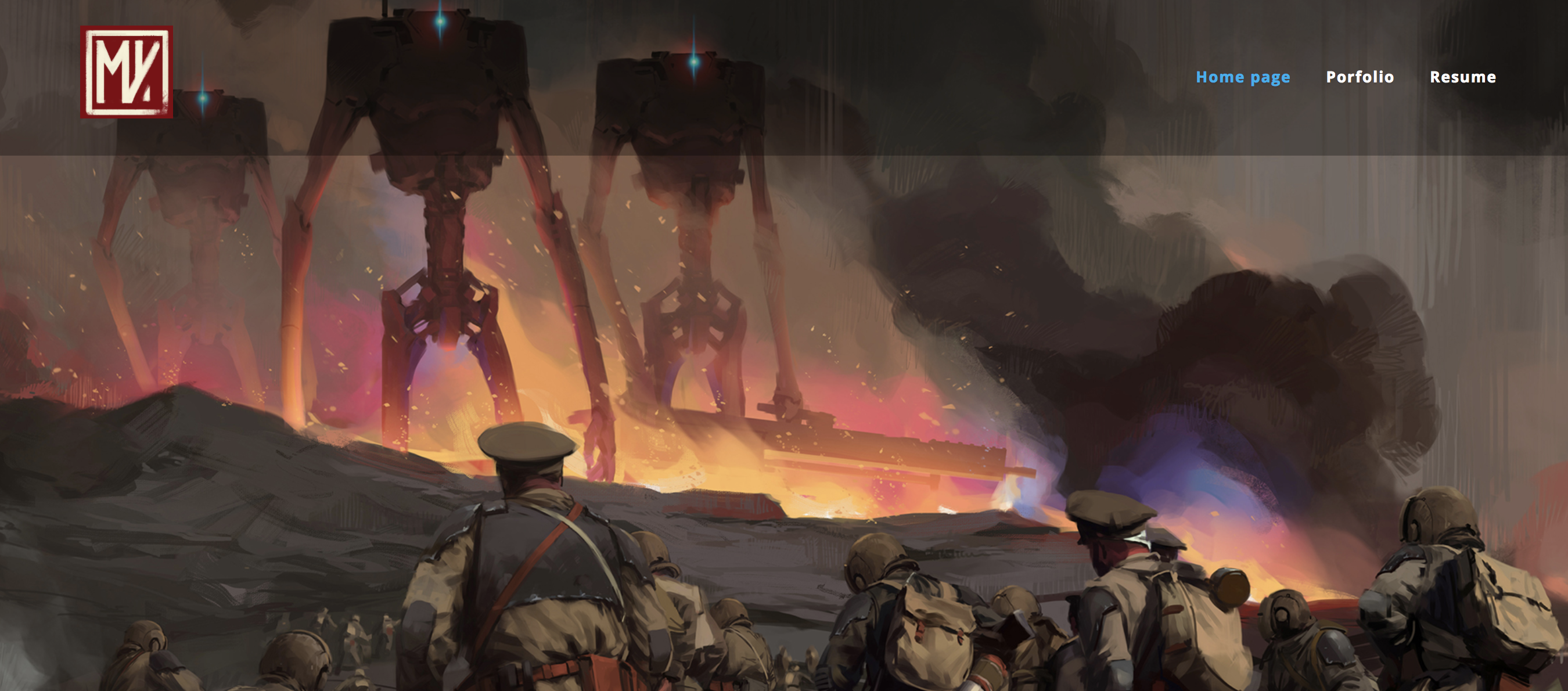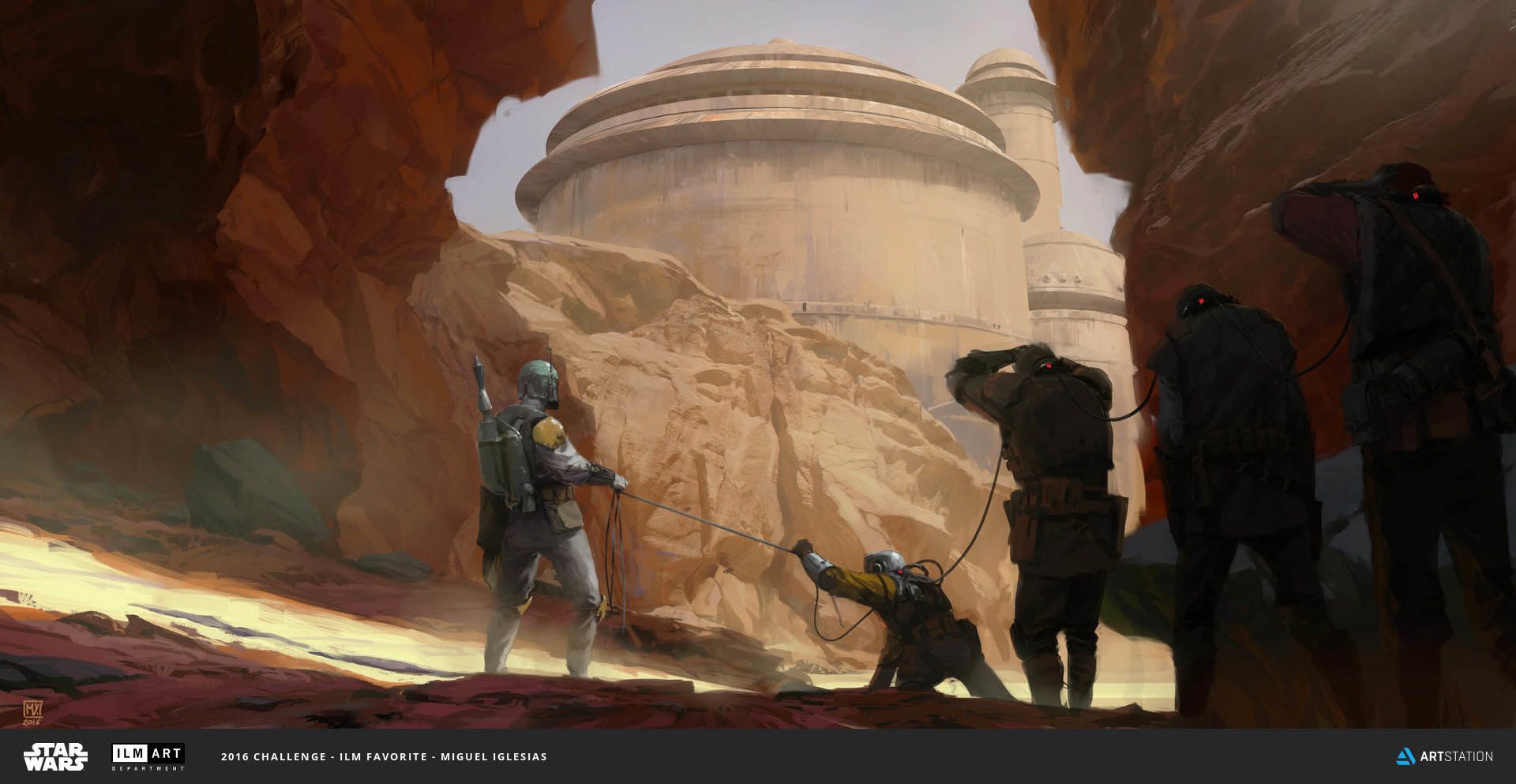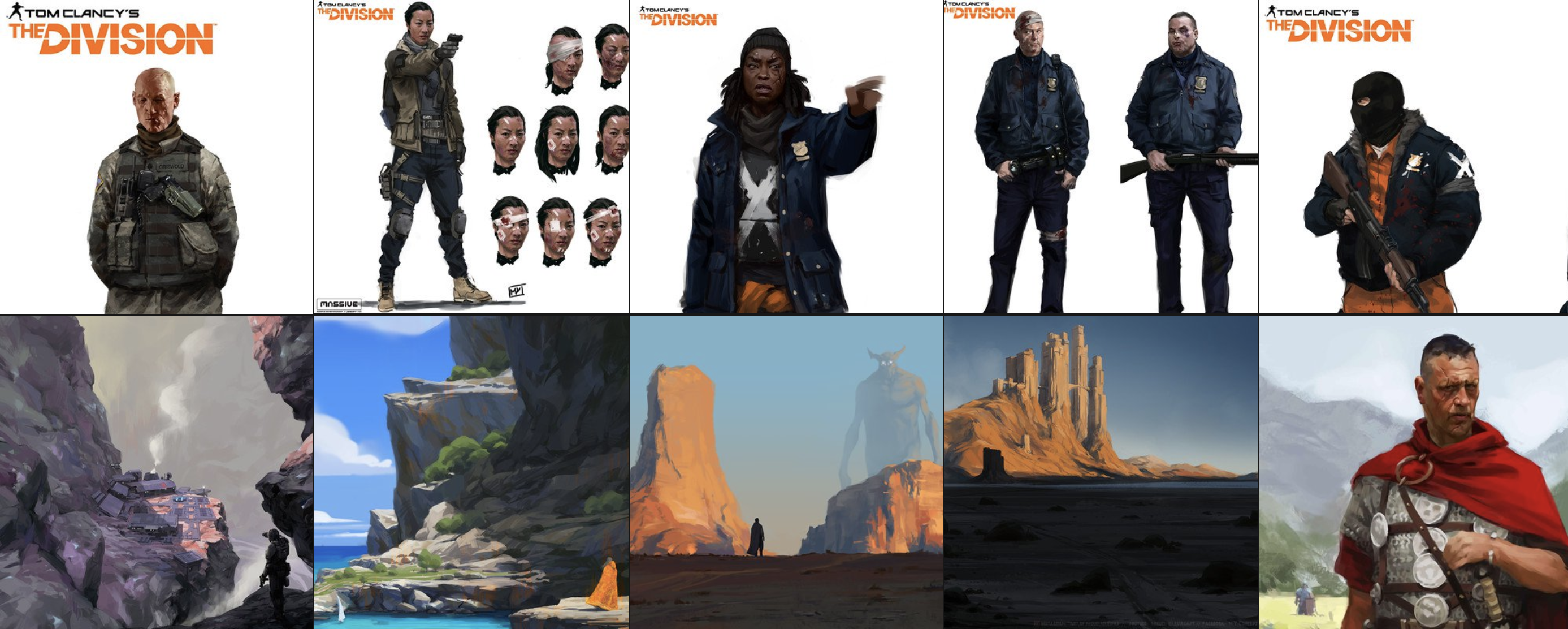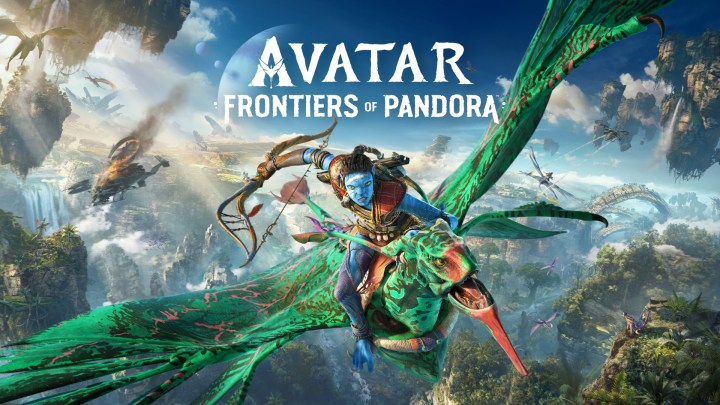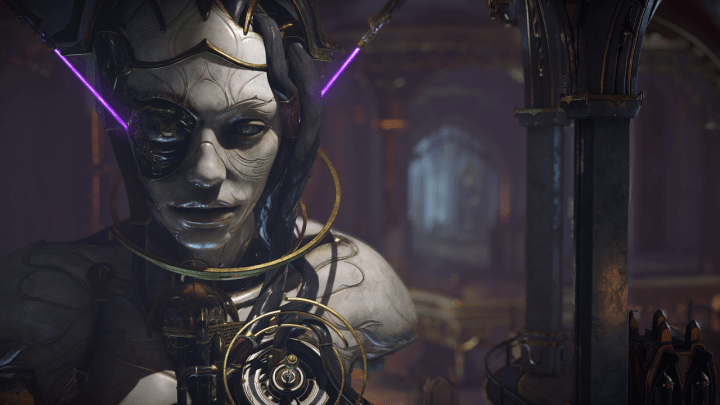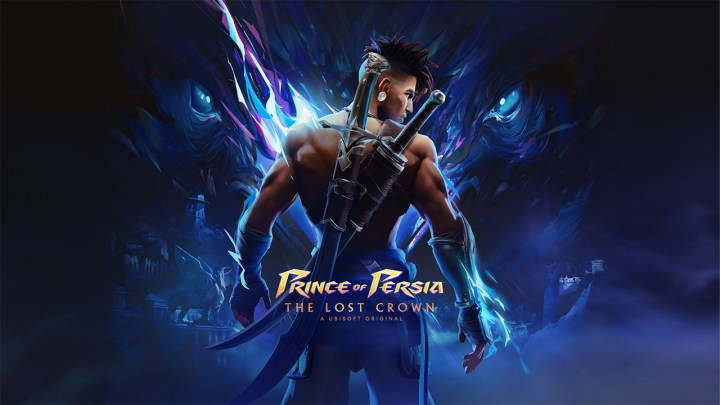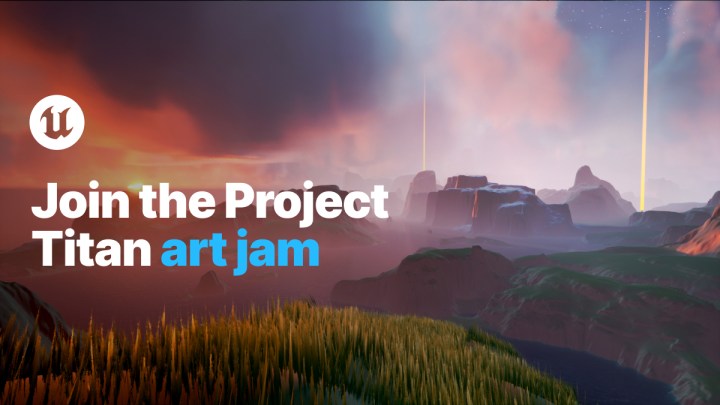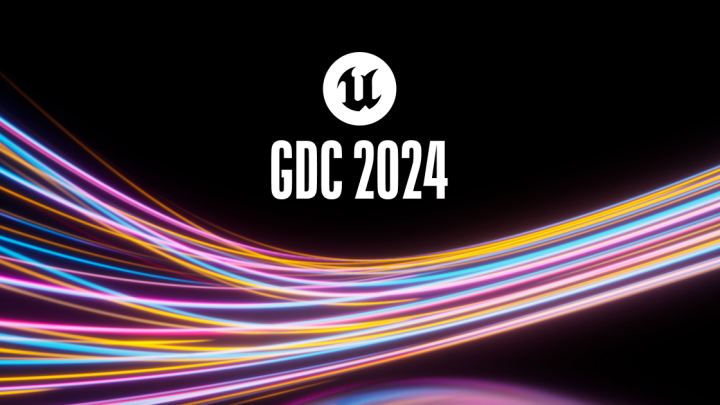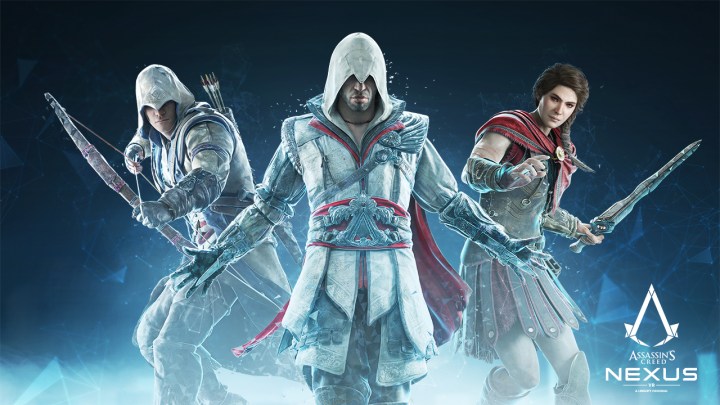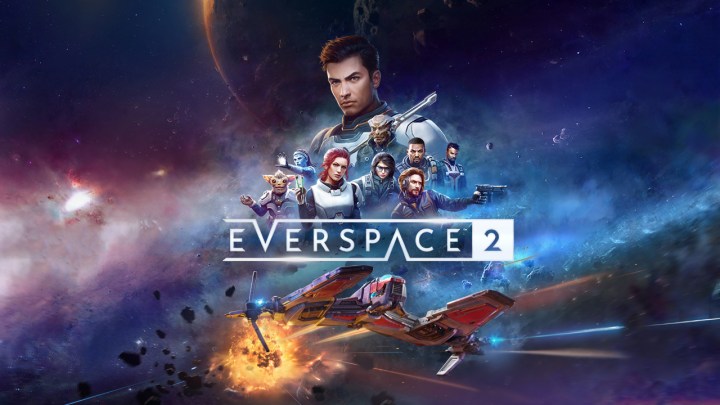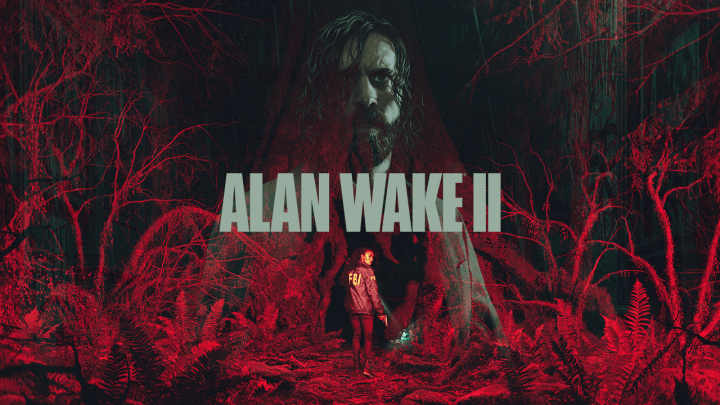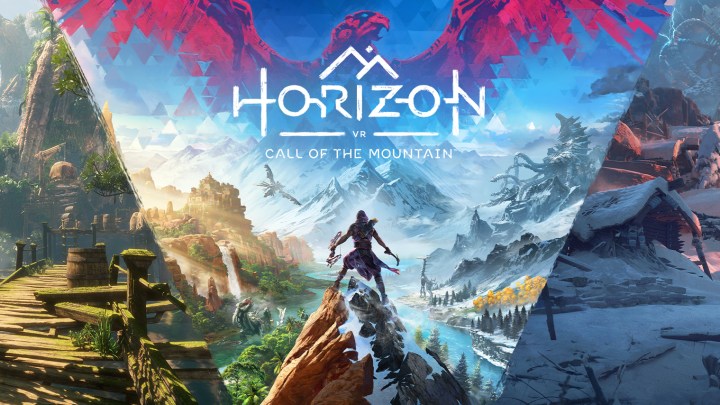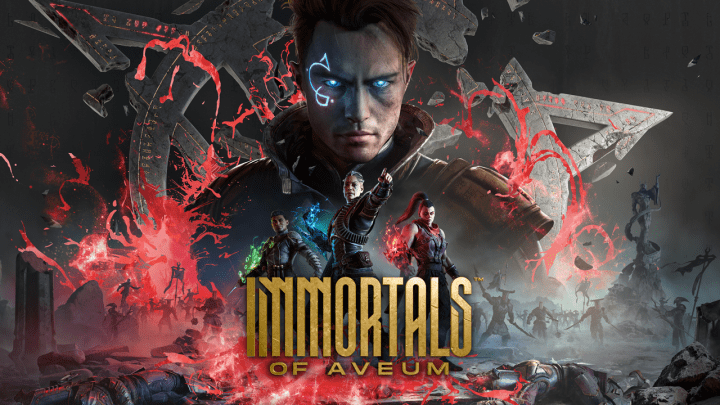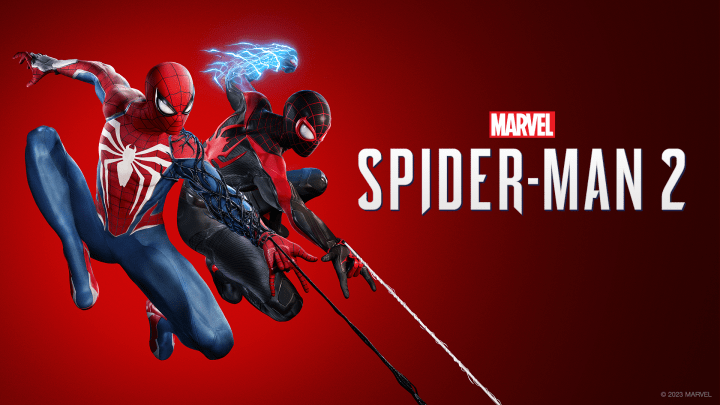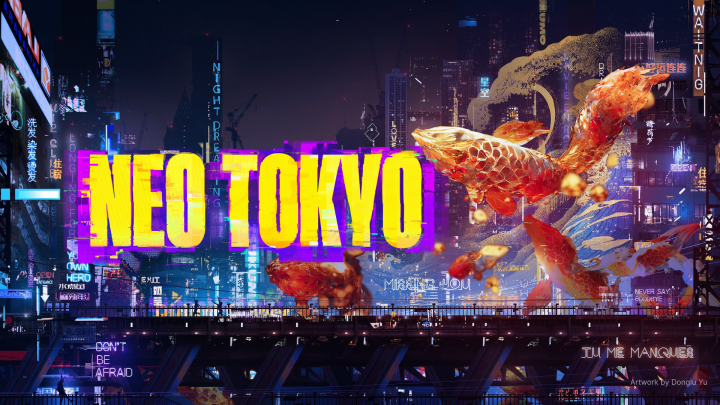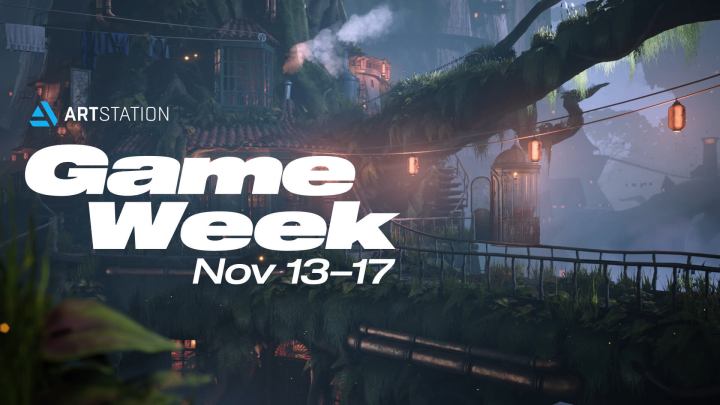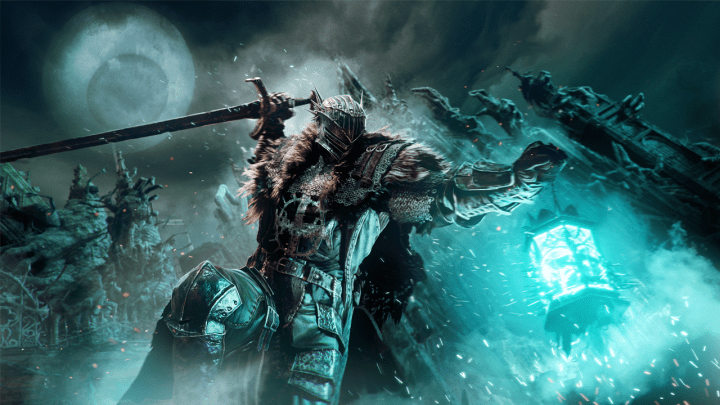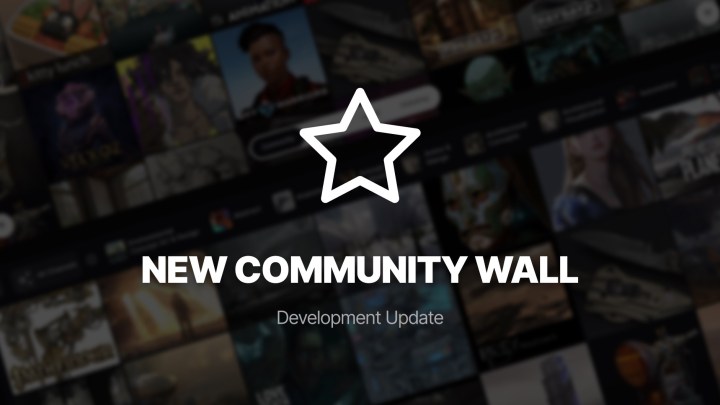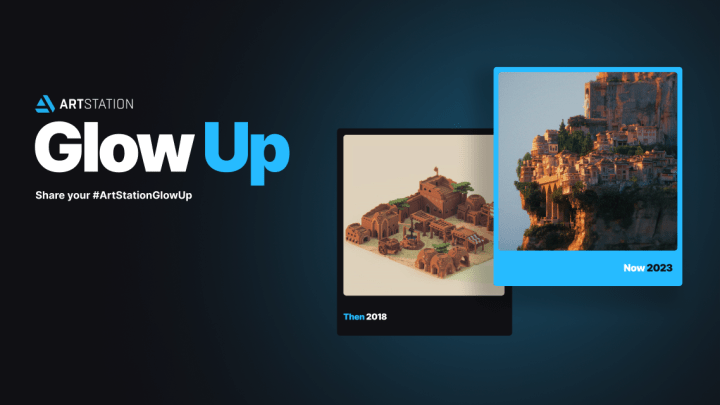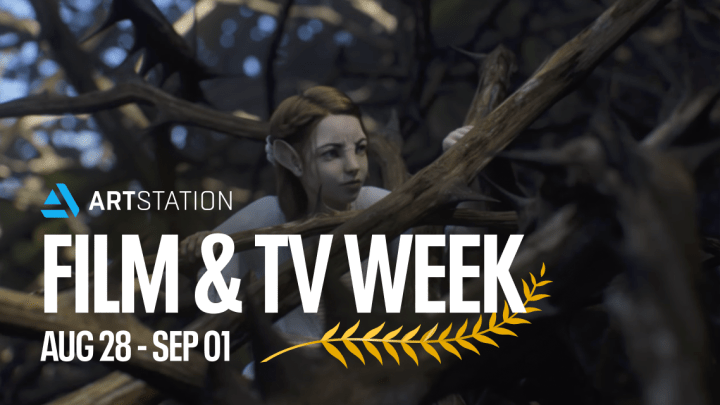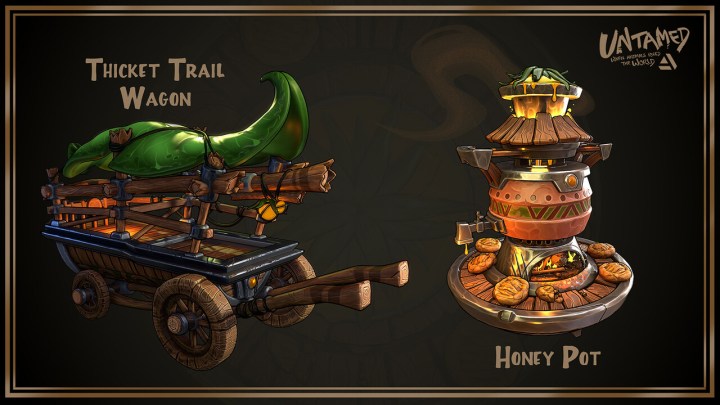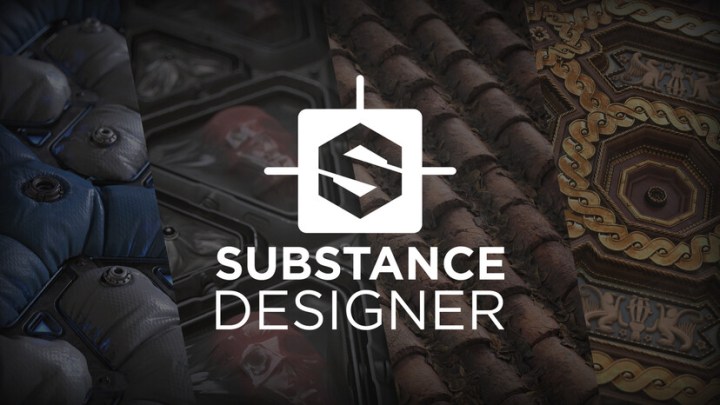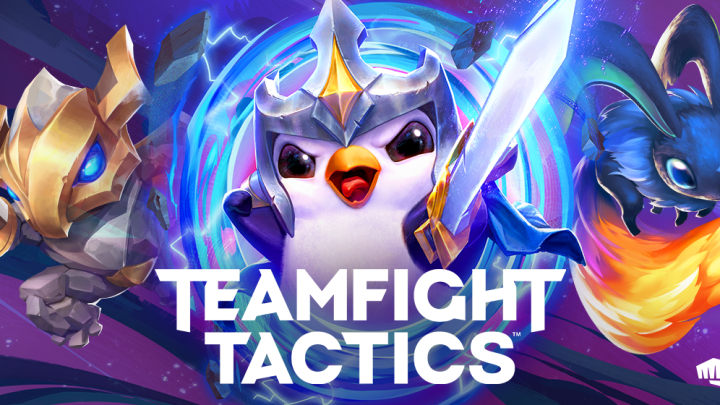Featured Pro Portfolio: Miguel Iglesias
Miguel Iglesias is a Senior Concept Artist and Illustrator with over 15 years of experience working in games. Working freelance sometimes, he loves how flexible and easy to use the ArtStation Pro website builder was for him to showcase his portfolio – an he can’t wait for the Marketplace integration!
Check out Miguel’s ArtStation-powered portfolio website.
What’s a common problem or mistake you see beginners often have?
After having met many students and beginners, I have noticed a common tendency to focus almost to a point of obsession on getting a single formula, technique or secret answer that would solve almost all of the problems and situations if they just manage to get a grip on it and master it. I would be commonly asked what is the best technique to use, or the best brushes, or what is the best workflow to use. You get these type of discussions in terms of absolutes, where everything is either white or black.
My answer is always: it depends. Students and beginners need to understand that there is not a single and unique best way of doing things that can be applied every time in every situation. As a concept artist, you must choose and use each one of them as tools, depending of the needs of the projects you are working with. There is no debate about if nails are better or worse than screws. Each of them are just tools designed to be used for specific tasks.
You may enjoy or have a personal preference to use certain techniques or tools over others for different reasons but that doesn’t necessarily mean that it is better or worse. It will always depend of the situations, needs and circumstances of the job. The rest falls into the realm of personal preferences, and the broader set of skills and knowledge you have, the better.
Over all what I can say is that you need to be as flexible as possible as an artist and be more openminded. In other words, like Bruce Lee said: “Be water, my friend”.
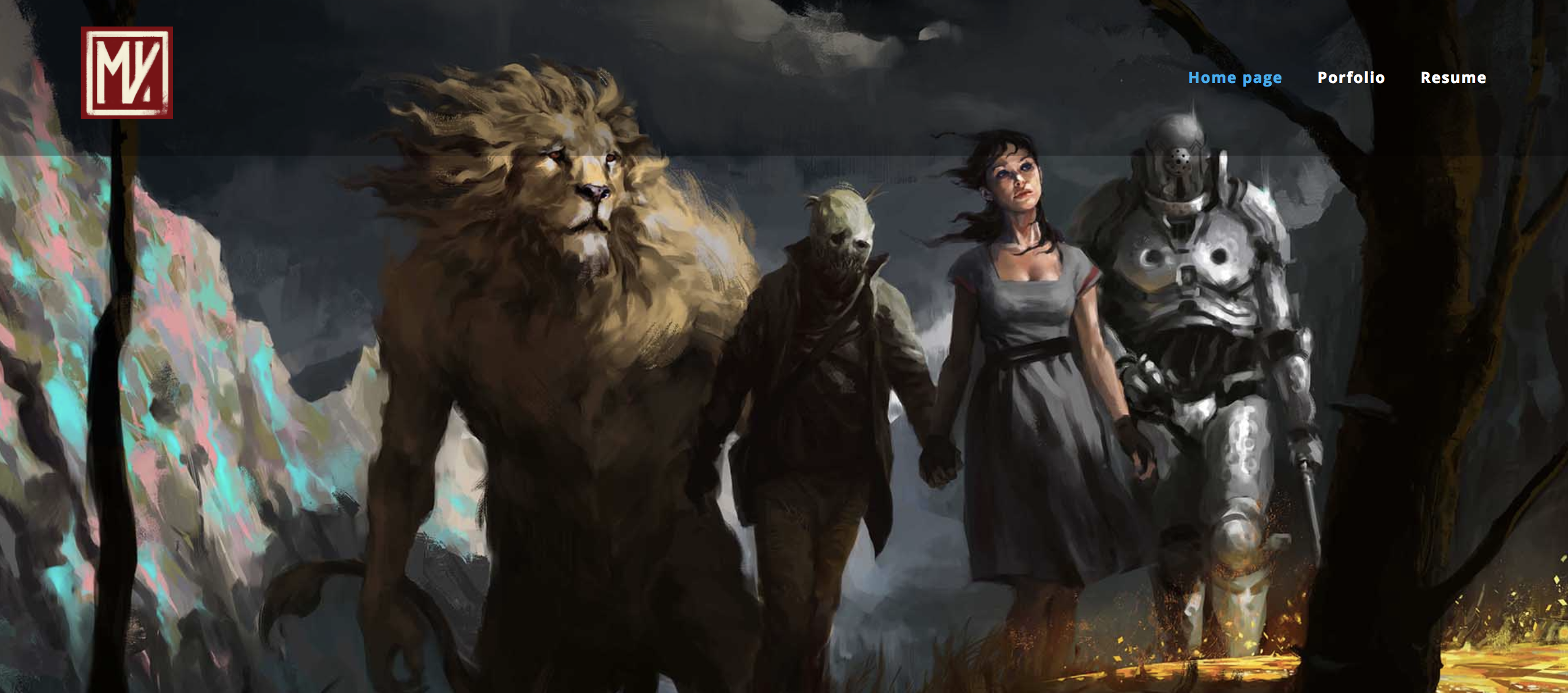
Tell us about one of your favorite projects.
A project I really enjoyed working with, despite how challenging it became, was The Division. It was a monster of a project in terms of scope and ambition that made it in fact the most difficult and challenging project I have ever been involved with in my entire professional career. But despite of all the hardship we went through, I can surely say it was something truly special, thanks to the fact of working closely with such a fantastic team of talented people. I am very proud and satisfied with what we managed to achieve visually.
Overall this project made me learn quite a lot from other people, and also about myself. For that I am very grateful. Best of all, I can now consider myself almost an expert in New York´s geography after so many years working with the street and landmarks of Manhattan.
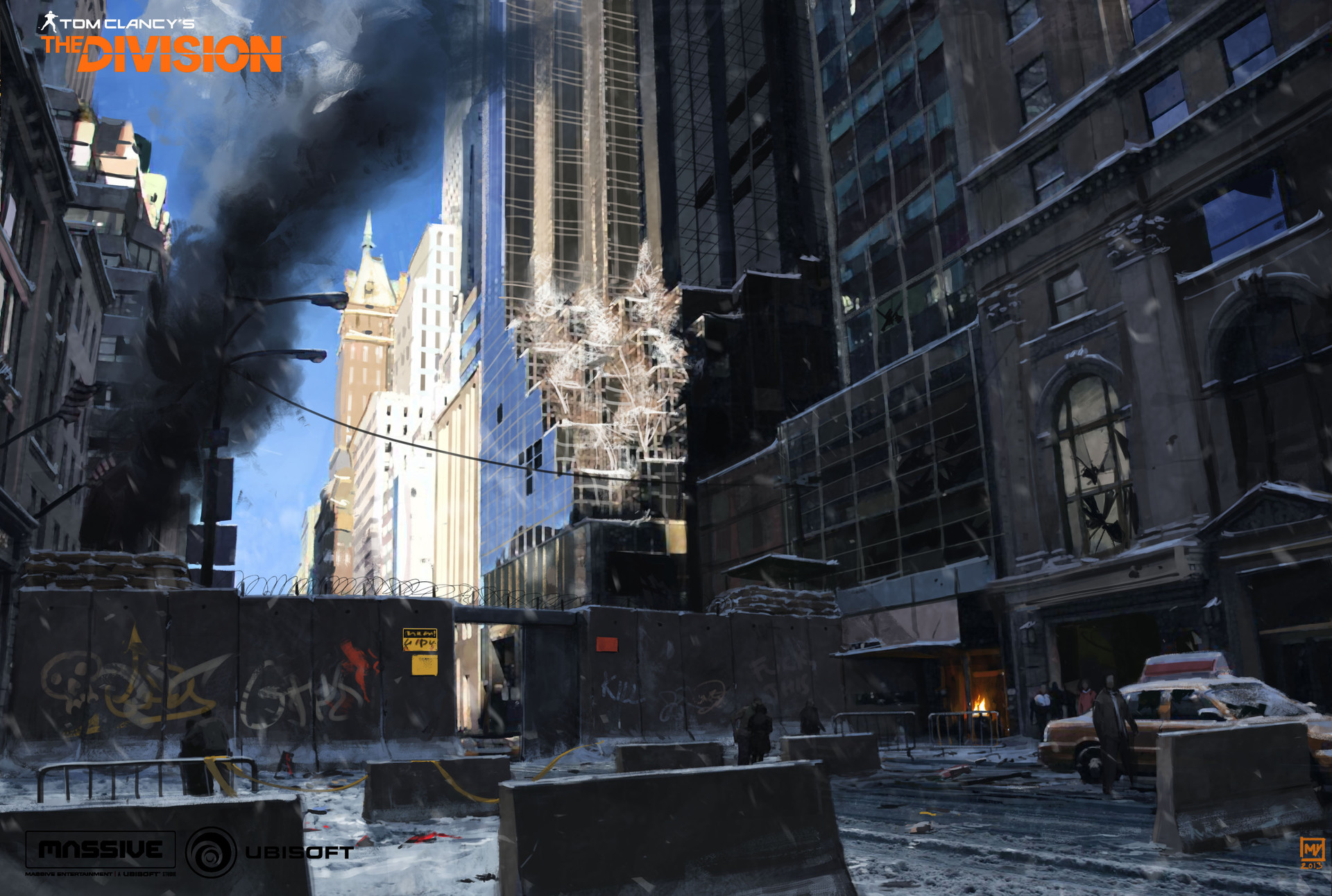 As a senior in the industry, what can you tell us studios look for in portfolios?
As a senior in the industry, what can you tell us studios look for in portfolios?
It is important that your portfolio would contain not only very polished, rendered final pieces, but also the process of how you have gotten there. This normally will say more about the candidate than a final piece.
I could also say that they like to see a broader set of skills than just what they are asking for. Let’s say that you are applying for a job in Character Design. Even if you will have to focus most of your portfolio on character design, you should add a few pieces that add something more than characters – for example – environment design.
A last piece of advice – customize your portfolio for the particular position and studio you are trying to go into. Never use the same portfolio for different applications.
If you want to apply to a certain studio or project, make your homework and include material that would be close and related to what they are doing in that studio and the project you are interested in. If you don’t have anything like it, create some specifically for that application. 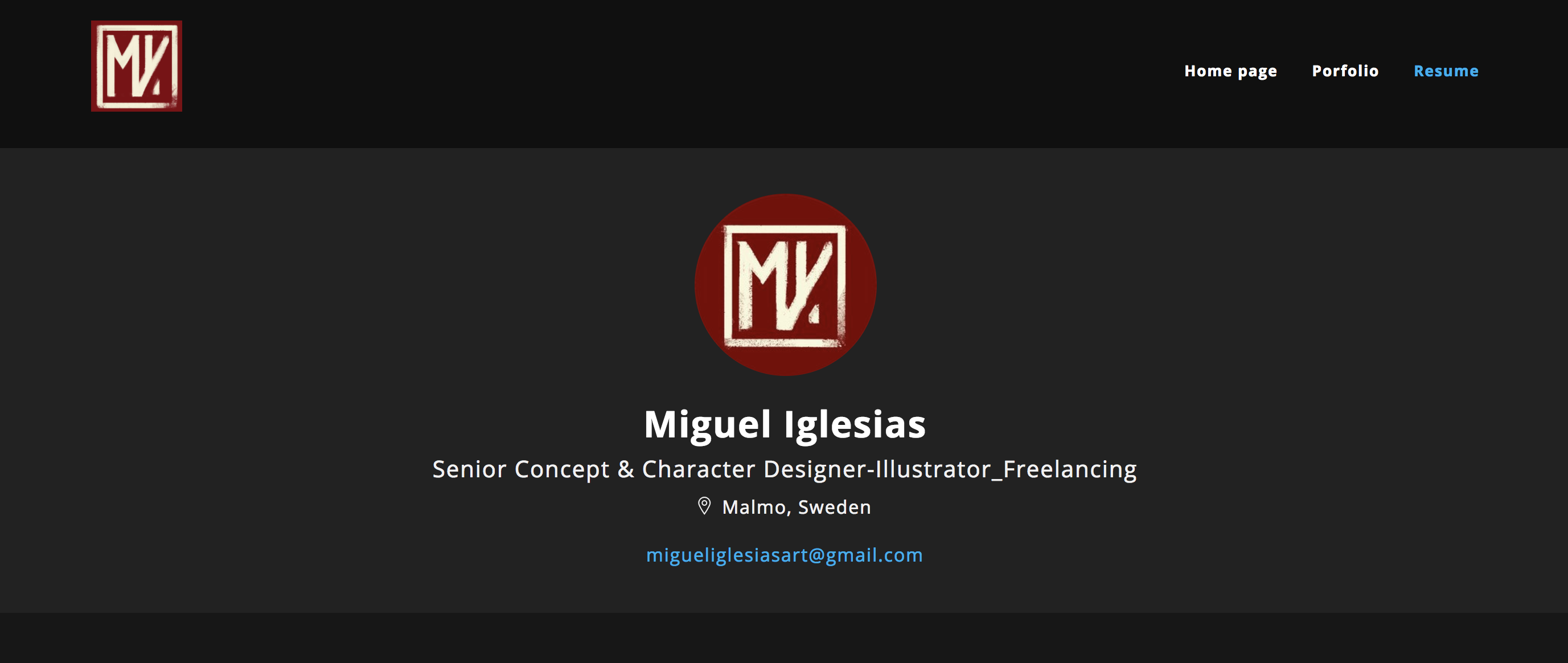
What training/experience brought you to where you are now?
I guess in my case it is a little all over the place since I never had any specific training in Concept art.
I have been painting and drawing since I can remember and luckily I was very much encouraged as a kid to continue with it since many members in my family were artists.
I went to study traditional animation at the Cinema school of Madrid where I learned the basics in cinematography and film making, but I was mainly focused on traditional animation techniques. Being so young I was very lucky to have some of the best figures of the animation scene in Spain as teachers, such as Fernando Moro. After finishing there I started to work as an inbetweener for a Spanish animated film called the “Three Wise Men”. Once again, I was extremely lucky since this gave me the opportunity to get in contact with some of the best in the industry and the Spanish scene as Borja Montoro, Sergio Pablos among others. Being surrounded by so many very experienced and talented veterans was a very humbling experience for me, a young and ”green” artist as I was then. It gave me the opportunity to learn quite a lot and open my eyes for how much I still had to work in order to improve.
While waiting for a new project to arise from out of the blue I continued training and sharpening my skills as traditional animator, but time passed by and nothing happened so I decided to start studying Fine Arts at Madrid´s University of La Complutense in the meanwhile. 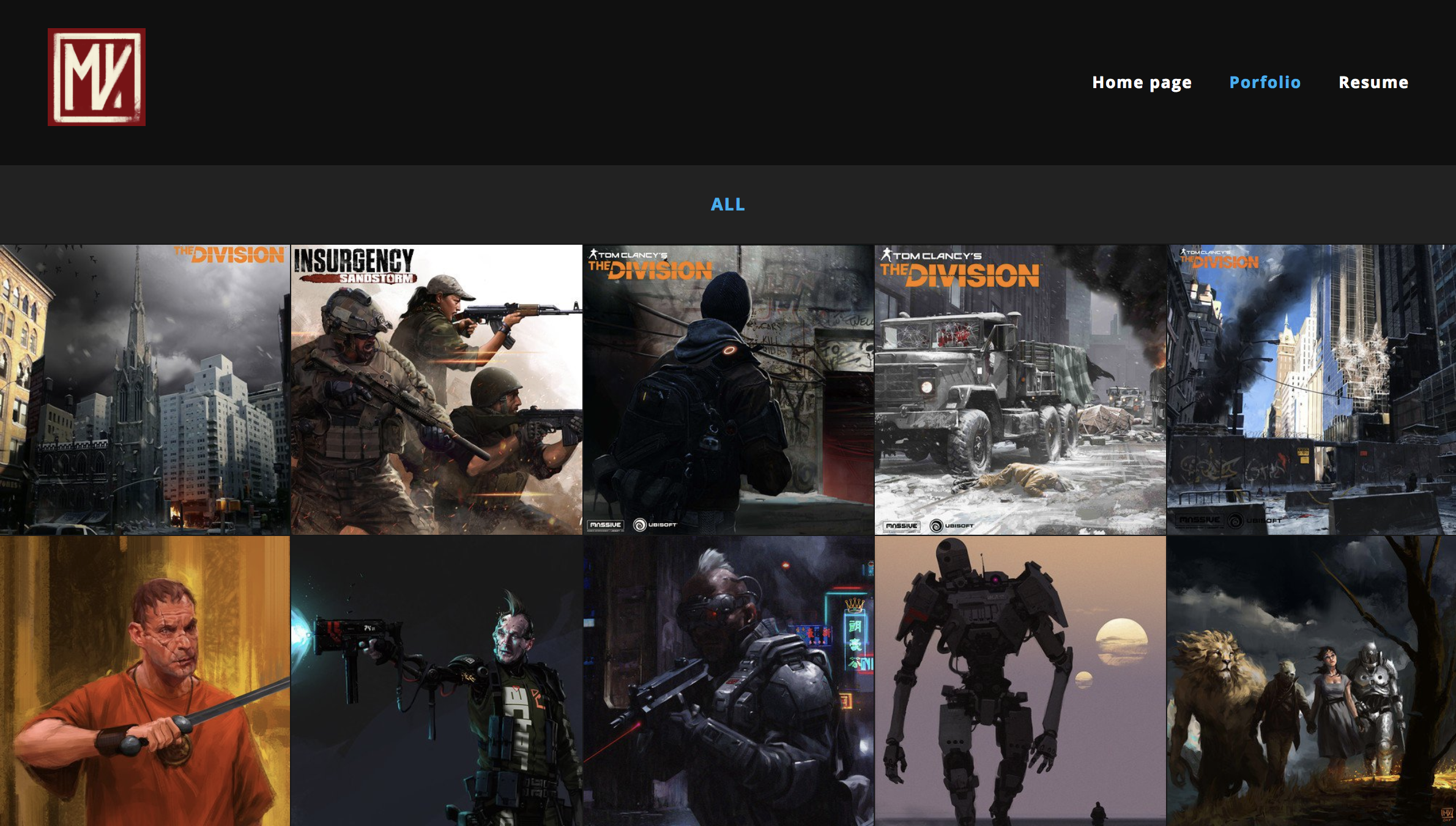
One day while I was still studying, a friend from the animation industry told my about a video game studio in Madrid called Pyros Studios so I decided to apply and was lucky enough to get the position. I had very limited experience with the digital medium, so I struggled a lot during the first year making the transition from a traditional mindset to digital. Since then I have been working in the entertainment industry as concept artist, working for the most part in AAA games. Working in such huge projects and for these many years has helped me to broaden my understanding and perspective in the hard and challenging field of video game development and concept art in general.
See more of Miguel’s work on his portfolio website. To learn more about ArtStation Pro websites, click here.
